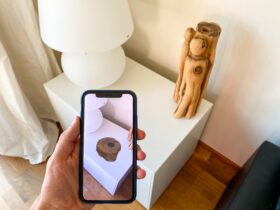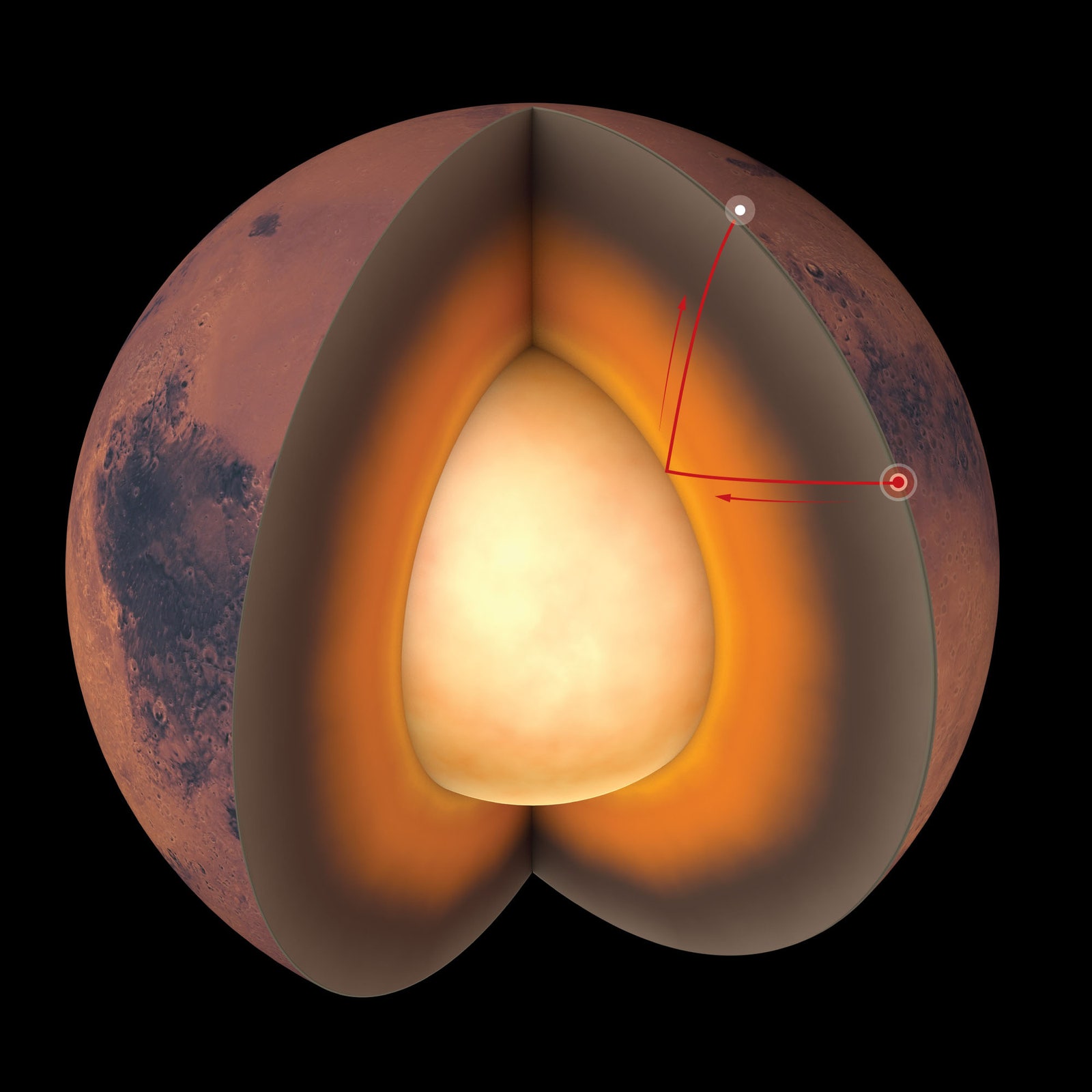There are three studies in which researchers tell us about how they used InSight’s seismometer to dig deep into the Red Planet. We got to learn more about the crust, the mantle and the core of the planet. This is the very first time scientists could actually map the interior of the planet. Perseverance will also explore the Jezero Crater, which was once a lake, and which is full of ancient microbial life.
Seismologist Sanne Cottaar at the University of Cambridge stated: “It’s built from similar building blocks as our own planet, but Mars looks very different. There’s lots of evidence that its evolution has been very different. And now forming this image of the layering of the planet will give us the tools to work out how this formed, how Mars came to be.”
There are plenty of questions to be asked. For example, how come the Earth still has a magnetic field, but Mars doesn’t? Why are volcanoes bigger on Mars, and how come they are not active?
Mars does not have plate tectonics or a plated surface, and this is a big difference in comparison to Earth. While we’re dealing with earthquakes and volcanoes, Mars has much smaller quakes. InSight‘s seismometer has found interesting info about two phenomena: the P-waves and S-waves. P-waves are compressional waves – such as sound, and they are really fast. The S-waves are the shear waves that swing. S-waves are slower than P-waves. With them, they were able to learn more about the thickness of the crust – about 72 kilometres. The core is about 1,550 kilometres from the surface.























Leave a Reply